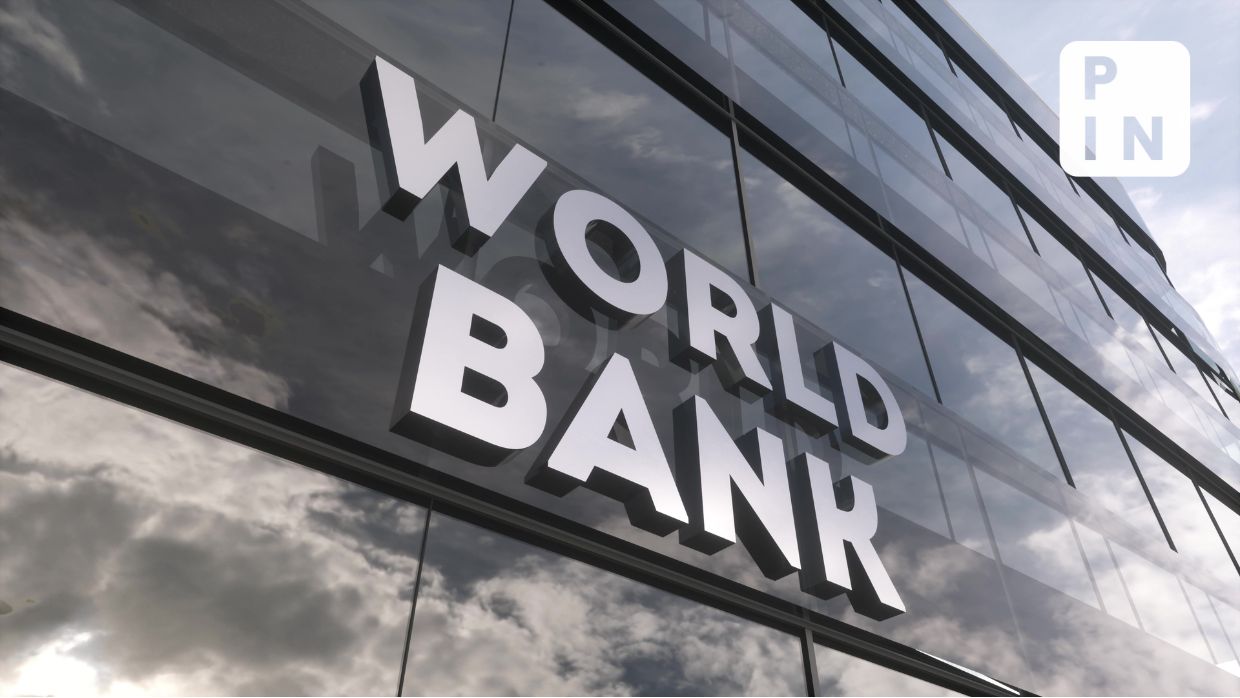- | 6:00 pm
World Bank upgrades India’s FY25 growth forecast to 7%

The World Bank on Tuesday, 3 September revised its India growth forecast for the current fiscal to 7% from the earlier 6.6% “despite a subdued external environment, and the dissipation of post-pandemic rebound effects.”
The World Bank’s latest India Development Update (IDU) comes even as government data released last week showed India’s growth slowed to 6.7% in the April-June quarter on a decline in government spending amid a general election.
“India’s robust growth prospects, along with declining inflation, will help to reduce extreme poverty,” said Auguste Tano Kouame, World Bank’s country director in India. “India can boost its growth further by harnessing its global trade potential. In addition to IT, business services and pharma where it excels, India can diversify its export basket with increased exports in textiles, apparel, and footwear sectors, as well as electronics and green technology products.”
Global growth is expected to hold steady at 2.6% in 2024, the World Bank projected in its report, adding that India’s top two trading partners—the US and EU—are expected to perform better than initially thought, albeit below historical averages.
“Global trade and investment flows will likely recover gradually and the market expects major central banks will start cutting rates later this year. However, inflationary pressures on commodity prices could result from evolving geopolitical tensions,” the report said.
The World Bank’s IDU report suggests India follow a three-pronged approach towards achieving the $1 trillion merchandise export target by reducing trade costs further, lowering trade barriers, and deepening trade integration.
“With rising costs of production and declining productivity, India’s share in global apparel exports has declined from 4% in 2018 to 3% in 2022,” said Nora Dihel and Ran Li, senior economists, co-authors of the report. “To create more trade-related jobs, India can Integrate more deeply into global value chains which will also create opportunities for innovation and productivity growth.”
The World Bank sees India’s industry and services activity decelerating on subdued external demand, and a general slowdown of activities, particularly capex, during the election period in the first months of the fiscal year. However, the farm sector is expected to rebound on above-average monsoon rainfall and increased sowing area, it said.
“On the expenditure side, the high base in FY24 will weigh on investment growth in FY25, which is projected to decelerate from 9% in FY24 to 7.8% in FY25. This reflects slower growth in government investment, partly offset by an expected pickup in private investment,” the World Bank said.
“By contrast, aggregate consumption growth is expected to accelerate to 5.7% in FY25, up from 4% in FY24. Private consumption is expected to rise as farmers’ incomes recover, and government consumption increases faster than in previous years. Contribution to growth from net exports are expected to turn positive, as merchandise export growth rebounds from a weak performance in the previous year,” it added
In the medium term, growth is expected to remain robust, “assuming gradual improvements in the global environment, no major external shocks and a positive boost from recently adopted pro-growth policies.”
The positive outlook is anchored on sustained growth of the services sector (including the expansion of global capability centers, or GCCs), and an expected strengthening of the manufacturing sector, supported by government initiatives
The World Bank noted that the government has also introduced the PLI schemes since 2020 “to support the private sector and manufacturing, though more data and a longer time period are needed to assess their long-term impacts.”
Private consumption is expected to pick up, benefiting from continued improvements in the labor market, growth in rural incomes, and declining inflation. The public investments carried-out over the recent years are expected to crowd in private investment, which will be further facilitated by the healthy balance sheet of the domestic financial sector and corporates, and the gradual loosening of global liquidity, it added.













